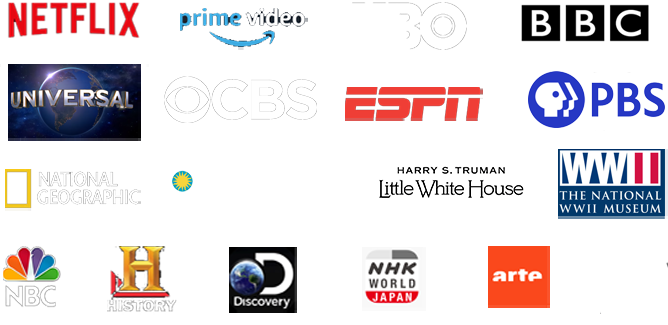“I am Somebody”, 1970, 28 minutes, Eastman color.
I Am Somebody is a 1970 short political documentary by Madeline Anderson about black hospital workers on strike in Charleston, South Carolina. This was the first half-hour documentary film by an African-American woman in the film industry union. This film is one of the first to link black women and the fight for civil rights.
Summary
Four hundred black hospital and nursing home employees, all but 12 women, organize for higher pay and unionization for over 100 days in Charleston, South Carolina. The film follows the efforts of the strikers as they receive help from Coretta Scott King and both praise and admonishment from the public, even capturing the National Guard’s arrival to the strikes. The documentary captures the workers’ fight for recognition through the lens of an African-American women, and focuses on striker and mother Claire Brown. With the help of thousands of inspired protestors, the efforts were ultimately successful
0:24 – 0:56: Introduction to Charleston’s attractions, but contrasts this with the reality for the poor and black in 1969.
1:04 – 1:25: A statement from a black South Carolinian about awakening to civil rights, emphasizing human recognition over racial identity.
1:25 – 1:58: Description of the Mother’s Day march in Charleston, marking a significant moment in the struggle for rights and recognition, with widespread support from different groups.
1:58 – 2:43: Context of the strike begins with 400 hospital workers organizing for union recognition after the firing of 12 members, leading to a broader strike involving County Hospital.
2:43 – 3:29: Details of the strike actions, including peaceful protests and the legal approach to their demands, despite facing opposition from the hospital management.
3:29 – 4:57: Hospital operations affected by the strike, with insights into racial discrimination in pay and treatment within the workplace.
4:57 – 5:52: Hospital management denies the strike being about civil rights, focusing on labor issues, while the strikers chant for “soul power,” showing their unity and determination.
5:52 – 6:21: Police interaction with the strikers, emphasizing non-violent resistance and the strikers’ assertion of their identity and rights.
6:46 – 7:49: Reverend Abernathy’s involvement, rallying support in Charleston, speaking of unity or destruction, highlighting the historical context of the city.
8:19 – 9:55: Continued activism with arrests, including prominent figures like Abernathy and Leon Davis, and organizing for further action and support.
10:01 – 11:21: Support from New York’s Local 1199, personal sacrifices made by strikers, particularly the impact on family life during the strike.
11:21 – 13:04: Coretta Scott King speaks on the exploitation of hospital workers, especially black women, and endorses the strike.
13:04 – 14:06: The morale boost from Coretta King’s presence, emphasizing the emotional and inspirational support for the strikers.
14:06 – 15:20: Singing of civil rights anthems, juxtaposed with the state’s refusal to change policy regarding union recognition due to legislative inaction.
15:20 – 17:51: Criticism of state policy and conditions, with Abernathy’s provocative speech to students about prioritizing activism over education.
18:00 – 18:40: Strategic demonstration in a predominantly white, affluent area of Charleston to make the strike’s message visible to the broader community.
18:49 – 19:36: Student involvement in the strike, emphasizing the fight as one for future generations’ rights and better conditions.
19:36 – 20:46: Police orders to disperse, with continued chants of solidarity and identity.
20:46 – 21:33: AFL-CIO support for the strike, showing national labor backing.
21:33 – 22:42: Night vigil instead of a march to avoid breaking prohibitions, focusing on prayer for justice and rights.
23:16 – 24:51: Calls for unity among the poor, advocating for economic boycotts to pressure local businesses.
24:51 – 25:39: Recognition of the economic impact of the strike on the local business community.
25:39 – 27:07: Resolution of the strike at Medical College and County Hospital, with details on wage increases, grievance procedures, and rehiring terms.
27:07 – 29:13: Reflections on the strike’s impact, learning about solidarity, and the establishment of Local 1199B in Charleston.
29:13 – 29:34: Final chants of “Soul power,” symbolizing the enduring spirit of the movement.


